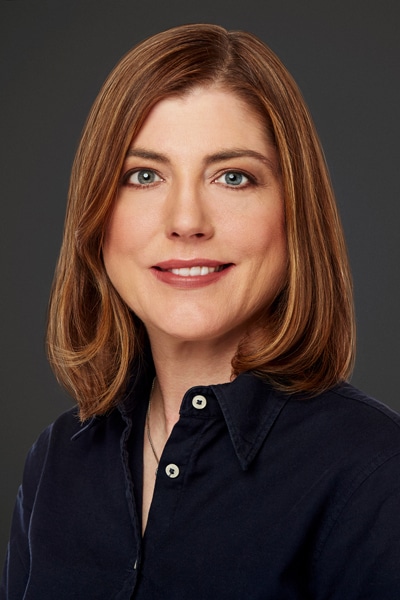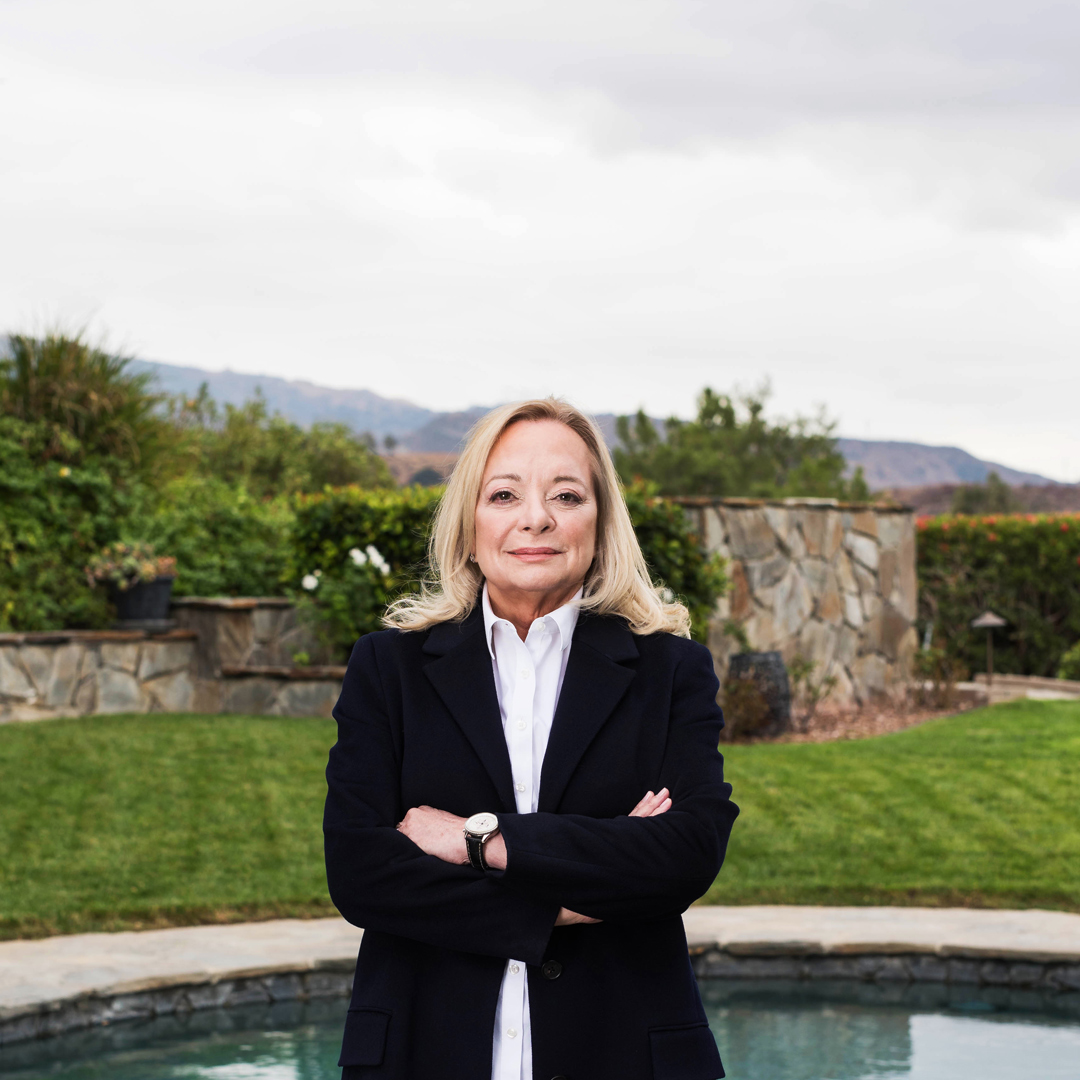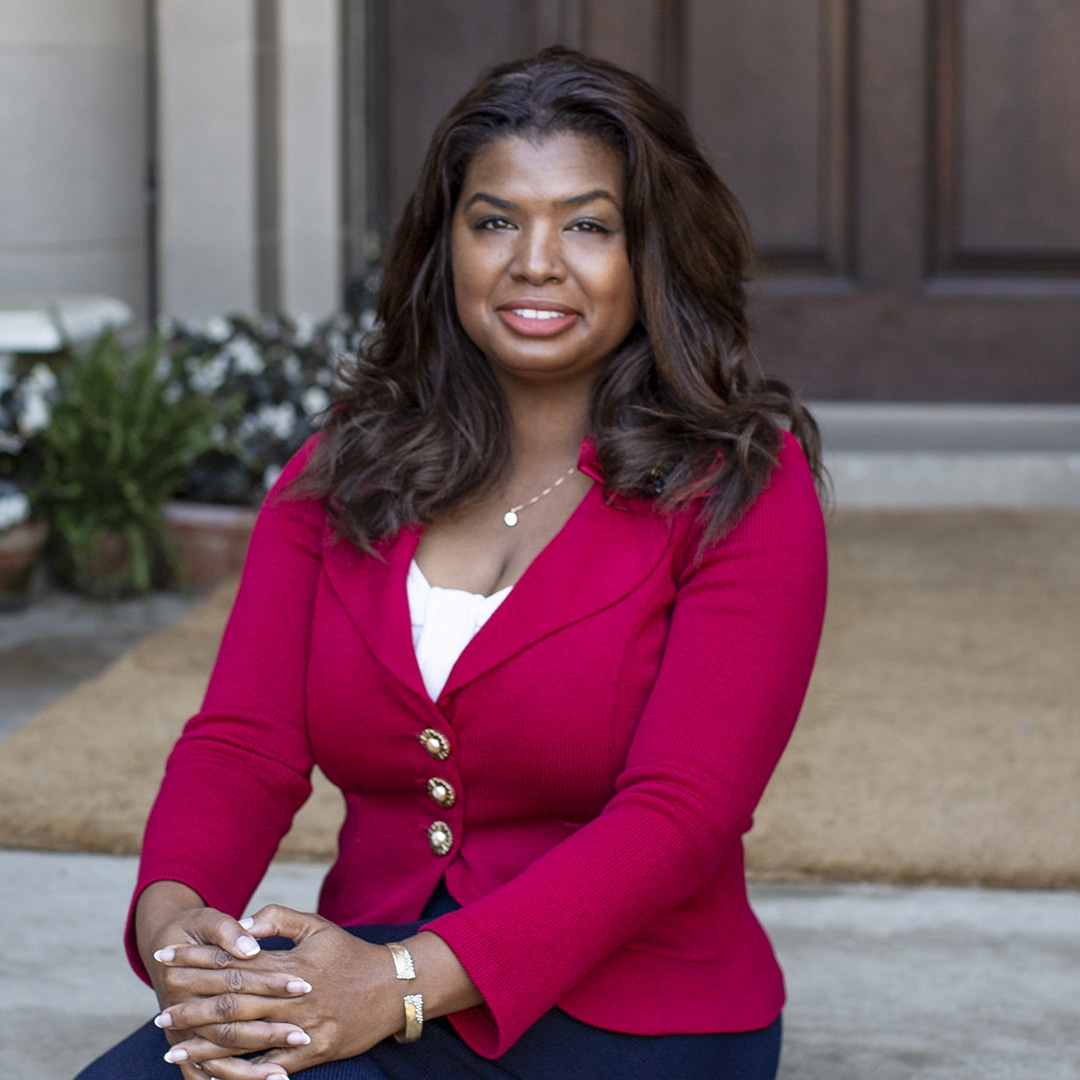|
Getting your Trinity Audio player ready...
|
Once upon a time, Cengage was Thomson Learning, a traditional publishing house. The education company generally released new editions of its most popular print textbooks every few years. Various groups within the business managed the rights and permission process, acquiring the necessary licenses for thousands of images and other assets. Once a new edition hit the campus bookstore shelves, the task started anew.
When Laura Stevens arrived on the scene in 2003, she knew there had to be a better way. As she stepped into her role, the digital evolution that was disrupting multiple industries arrived on the company’s doorstep. In 2007, Thomson became Cengage. Over the next decade, Cengage transformed from a print textbook business into a digital learning and content services provider.
Stevens had the opportunity to grow alongside her company. The journey required a dramatic shift in intellectual property (IP) licensing. Stevens, who started her career as a transactional lawyer, developed a keen interest in addressing complex legal challenges with simplified, scalable solutions, which she used to build the operational capacity necessary to support emerging digital initiatives.

The IP problem was a puzzle many others had tried to solve. In the old model, members of an internal legal team sat with product developers and manually cleared each required asset. One at a time. Every year. After observing the process and trying a few failed solutions, Stevens cracked it. “We needed an automated, modern, data-driven approach that would help us increase efficiency and control the spend so our product teams could focus on their goal: creating better products that meet our customers’ needs,” she says.
First, Stevens and her team created a database to track response times and denials related to clearance requests. Then they wrote and implemented blanket license terms. Next, they asked for broader, unlimited rights. Finally, they assembled a team of analysts and project managers who met with external vendors and executed the plan. They’ve continued to refine their methods since. A series of isolated, repetitive chores morphed into a systematic, operationally driven process.
This process introduced a new chapter for the education and technology company. “Our new approach to IP gave us much-needed flexibility and totally changed the type of products we build, how we offer them, and how we are able to deliver them,” Stevens says. Now, as product teams develop innovative products, Stevens and others in her department—many of whom are not lawyers—can work quickly behind the scenes to license text, photos, videos, graphics, and other digital assets in accordance with those teams’ budgets and schedules.
Bringing a large group of nonlawyers inside the team was a risky move that changed Cengage legal. “We went from being a small handful of lawyers and paralegals to a much bigger team that took on operational functions that you would likely see in a publisher, but not necessarily in a legal department,” she explains. Many nonlawyer-driven functional teams now sit in legal, including antipiracy, privacy, contracts management, government affairs, and legal operations.
These efforts paved the way for Cengage to launch Cengage Unlimited, the first subscription-model higher education learning materials product, in 2018. The service, which some describe as “Netflix for textbooks,” gives students access to more than twenty-two thousand products. Cengage has sold more than 2.6 million subscriptions and saved students more than $200 million.
“We needed an automated, modern, data-driven approach . . . so our product teams could focus on their goal: creating better products that meet our customers’ needs.”
The results go beyond the financial. Cengage is growing its global business. Legal acquires broad rights that don’t tether its products down the line. “Our developers can innovate in education now,” Stevens says. “I no longer have to say they can’t do what they want to do because we couldn’t get the rights. That’s better for our employees, and it’s better for students. It’s the direct result of data-driven systematic processes, reliance on technological solutions, and centralizing the expertise in the area in the legal department.”
While company leaders credit Stevens with solving a heretofore unsolvable problem, collaboration was key to her success. She hired professionals with strong, demonstrated operational expertise and enabled every person on her team to contribute.
“Cengage is a place where adaptable and ambitious lawyers can take on tasks that aren’t always available in corporate legal teams,” she says. “We like tackling challenges together, and we’re always looking for ways to innovate and improve.”
That drive for innovation and improvement extends to Cengage’s culture, and Stevens actively moves the company culture forward. She serves as the executive sponsor for Cengage’s I&D (inclusion and diversity) programs and its Women in Technology (WiT) employee resource group.
Cengage’s internal employee engagement surveys routinely reveal that legal department employees are among the organization’s most satisfied. Stevens knows that’s because they’re doing meaningful work. Together, they’re changing the learning experience for millions of students worldwide.


